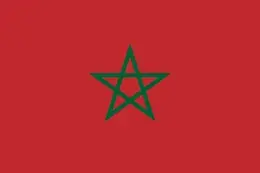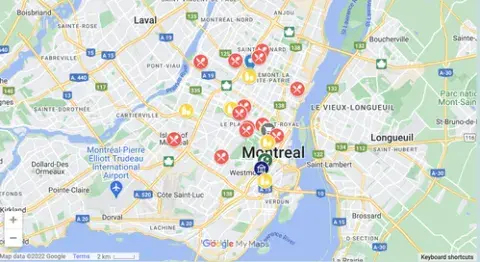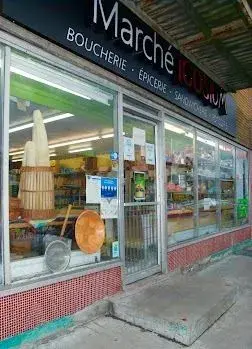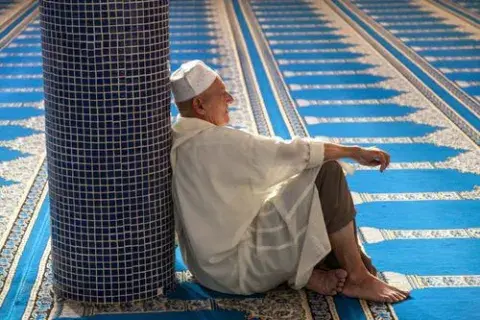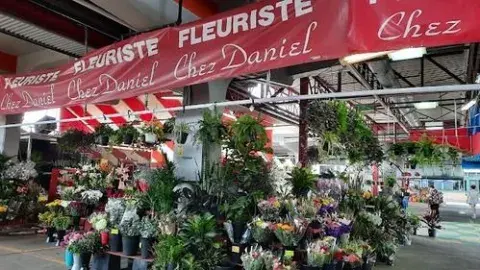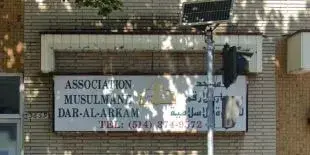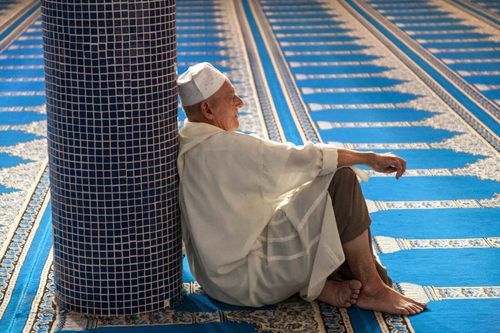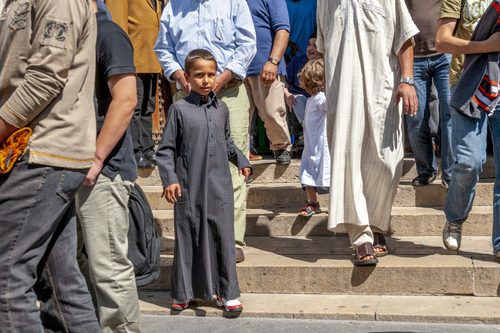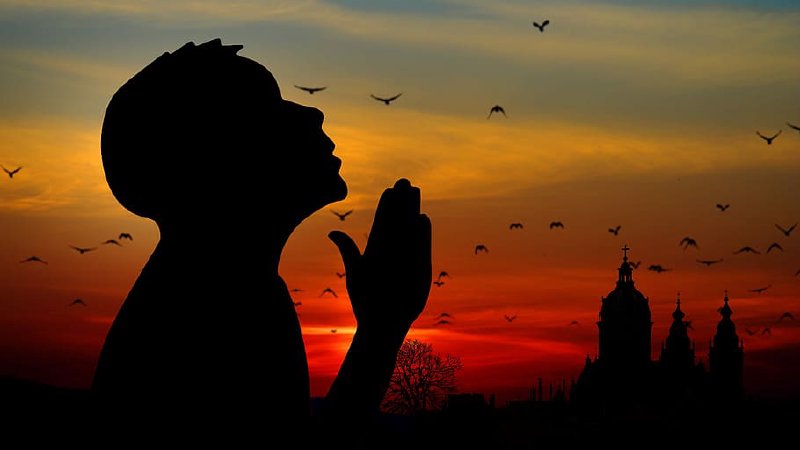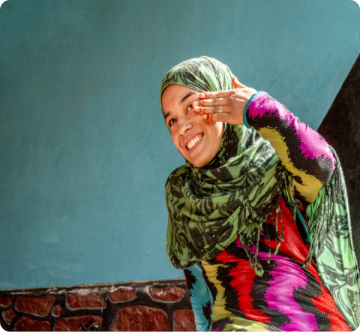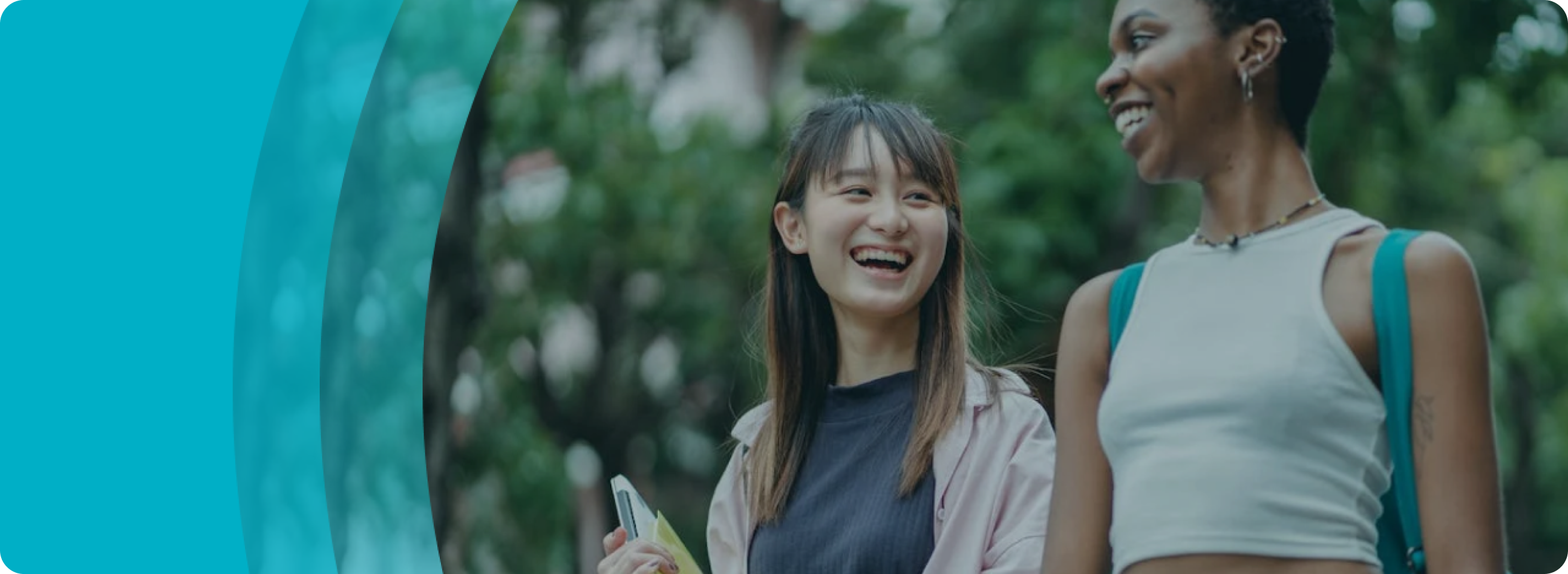Quick Facts
- Their primary language is Moroccan Arab
- Secondary languages include Berber, French, and English
- Once believed to be the westernmost part of the world, the name Morocco is derived from the Arabic Al Maghrib, meaning “far west” or “where the sun sets.” Occupying the northwest corner of Africa, the nation was originally inhabited by Berbers, who were then conquered by Muslim Arabs after 684 AD. In the 17th century, Morocco was colonized by France and Spain, and in 1912, the nation was split into French and Spanish protectorates. Morocco became independent in 1956 and established a constitutional monarchy in 1972. The king is both the head of state and religion and has declared all those born in Morocco to be Sunni Muslim.
- Morocco is the world leader in the production and export of phosphates and has 70% of the world’s reserves. The leading industries are agriculture, forestry, and tourism, and agriculture employs 40% of the workforce. Casablanca is the economic capital, the largest port, and the most populous city. There is a huge gap between wealthy and the poor and 13% of the population live below the poverty line. Morocco also lays claim to the Western Sahara, and the nomadic Saharawi people that live there are fighting for their independence. While the UN has set up referendums to allow for self-determination, Morocco has postponed those votes.
- By 2030 the Muslim population of Montreal will be over one million
- Notable Moroccan Canadians:
- Aldo Bensadoun is a Canadian businessman, investor and philanthropist. He is the founder and executive chairman of the Aldo Group, a worldwide retail shoe company.
- Gad Elmaleh is a Moroccan Canadian stand-up comedian actor and artist.
- Fatima Houda-Pepin is a Canadian Quebec politician and a former member of the National Assembly of Quebec, Canada.
- Hicham Bennir is a Canadian and Moroccan film director, cinematographer, editor, producer, writer and photographer. He was the winner of the world photo contest in 2009 and 2010.
When did Morrocan Arab Muslims first come to Canada?
- Moroccans began arriving in Canada in the mid-1960s in search of employment and a new life. Between 1962 and 1993, 40,000 settled in Canada.
- The next wave came in the late 1990s. Moroccan immigrants settled mainly in the province of Quebec, but there are also communities in Toronto, Vancouver, Ottawa and Winnipeg. Because many Moroccans living in Canada are not registered with the Moroccan authorities, the real weight of the Moroccan community in Canada may be underestimated.
- The majority of the Moroccans who live in North America arrived after 1990. Those who settled in Canada before 1990 typically came for educational opportunities. New arrivals tend to settle in places where a large population of Morrocans already live with the Greater Montreal area and metro New York City in USA having the largest populations in North America. Moroccans typically enter Canada with higher education and job skills than other Arab groups. Common vocations include professions such as banking, engineering, computer science, medicine, architecture, journalism, research, and teaching.
- In recent years, Moroccans have become more organized, as have other communities in Canada, and are starting to form communities across the country. There are at least 20 Moroccan organizations in Canada.
- Considerable Moroccan Arab Muslim populations can be found in France, Spain, Belgium, Italy, and the Netherlands; with smaller notable concentrations in other Arab states as well as Germany, the United Kingdom, and the United States. Globally there are 23,808,000 Moroccans, with 20,430,000 living in Morocco itself.
Where Do Morrocan Arab Muslims Predominantly Gather In The Montreal Metro Area?
- The 2016 census recorded 67,450 Moroccan Arabs living in Montreal especially in the Little Maghreb district. Approximately 10,000 Moroccan Jews live in this same area. Using census information instead of community estimates helps compare populations of people groups in various cities.
- Little Maghreb encompasses fifteen blocks of Jean Talon Street from Saint-Michel Boulevard in the West to Pie-IX Boulevard in the East. In addition to Moroccans, the population in this area includes many Algerians and Tunisians. The neighborhood is served by the Saint-Michel Metro station on the Blue Line.
- The Jean Talon Market opened in 1933 making it one of the oldest markets in Montreal. In addition to fresh fruits, vegetables, and meat, there are a variety of Moroccan ethnic cafes.
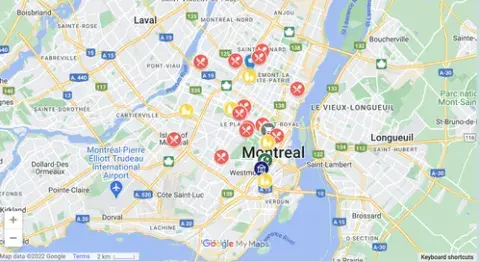
What Are Moroccan Arab Muslims' Lives Like?
- Religion strongly influences the Moroccan culture. Most Moroccan Arabs are Muslim and follow the follow the Maliki rite of Sunni Islam. There are a small minority of Shia followers and small numbers of followers of the Christian or Jewish faiths. As an example of the societal influence, Moroccans refer to their king as ‘Amir El Mouminin,’ or leader of the faithful, an Islamic term. Moroccan Muslim women enjoy a higher level of freedom compared to much of the Islamic world.
- The Moroccan government has tried to help Moroccans living in the diaspora maintain their cultural and religious identity through associations that reach out to communities in other countries. Therefore, much of the Moroccan Arab population in North America continues continues to identify closely with Islam.
- Moroccans in Montreal enjoy authentic Moroccan foods in a plethora of cafes, eateries, and fine-dining restaurants. Montréal has multiple such hotspots serving dishes that are Moroccan-inspired but with modern touches, offering all types of grilled meats including kefta and shawarma.
- There are multiple take-out bakeries in Little Maghreb with some of the best Moroccan desserts and breads in the city.
- The members of Montreal’s vibrant Moroccan expat community come from Rabat, Fez, Casablanca and many others places in Morocco and reflect those cities’ cultural influences in Montreal.
- The Moroccan Cultural Center in Montreal is the first of its kind under the programs of Moroccan cultural centers abroad. Opened in June 2012 by Princess Lalla Hasna, this center is located in the heart of the cultural heart of Montreal, near the University of Quebec in Montreal and the National Archives. The spaces of the center have been designed and decorated according to architecture and equipment reflecting the art and culture of Morocco.
- The late 1990s marked the beginning of the Montreal’s neighbourhood Maghrebi flavour. This was a direct result of the opening of the Dar Al-Arkam Mosque on the corner of Jean-Talon and 17th Avenue, which continues to serve as a centralized religious-cultural meeting place for Moroccan Arabic Muslims.
What Do Moroccan Muslims Believe?
- The primary religion practiced by Moroccan Arabs is Sunni Islam, the largest branch of Islam. Sunni Muslims follow the teachings of the Qur'an and consider the first four caliphs to be the rightful successors of Muhammad.
- Less than 2% of Moroccan Arabic Muslims are followers of Jesus globally and this number is likely lower in Montreal
- In Morocco itself, the majority of Moroccans have a strong prejudice against Christians and are resistant to the Gospel, and the media helps fuel these attitudes. In an effort to avoid the religious violence and conflict occurring between Muslims and Christians in other African nations, the Moroccan people and government try to keep all Christian activity secret. The government is opposed to an indigenous Moroccan Church, but one is emerging nonetheless, and an estimated 2,000 Moroccan believers meet in small house churches. Unity of the church is difficult with believers scattered around the nation, sometimes isolated from other believers.
- In Morocco, ninety-nine percent of the population is Muslim. Unlike in many other Muslim nations, Christians and Jews are tolerated, though some freedoms have deteriorated in recent years. Despite this tolerance, Christians are monitored by authorities, and some have been imprisoned. Dozens of Christian workers were expelled in 2010.
Gallery
